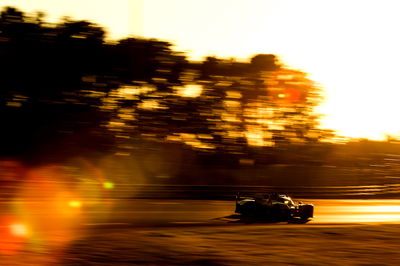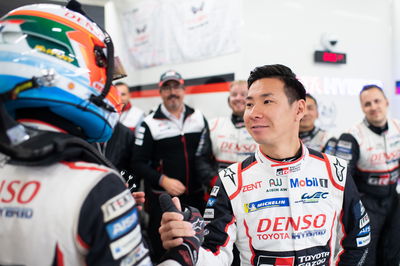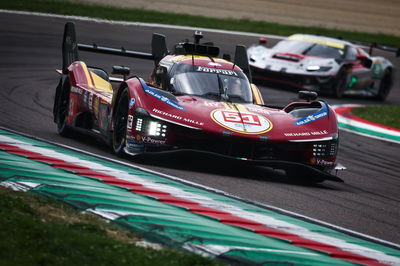Toyota: Hypercar rules 95% finalised
Toyota Gazoo Racing technical director Pascal Vasselon believes with the majority of the new Hypercar rules nailed down the Japanese manufacturer can press forward with its new hybrid-powered GR Super Sport car.
Following the confirmation of the World Endurance Championship’s new Hypercar class set to debut in the 2020-2021 season, Toyota has committed to the premier category by revealing its new GR Super Sport prototype car - based on the road-going version in development - having supported the regulations overhaul.

Toyota Gazoo Racing technical director Pascal Vasselon believes with the majority of the new Hypercar rules nailed down the Japanese manufacturer can press forward with its new hybrid-powered GR Super Sport car.
Following the confirmation of the World Endurance Championship’s new Hypercar class set to debut in the 2020-2021 season, Toyota has committed to the premier category by revealing its new GR Super Sport prototype car - based on the road-going version in development - having supported the regulations overhaul.
While vital rule tweaks have been thrashed out during the weeks building up to this year’s WEC final round, the 2019 Le Mans 24 Hours, Vasselon is content with the progress and direction of the Hypercar regulations with Toyota starting its development programme in preparation for the new era.
“It is 95%, enough to start, there are some things to finalise but our car development has started,” Vasselon said. “We are putting pressure on the ACO and FIA to get these five percent in the coming weeks. It is around regulation templates, passenger volumes, visibility templates. We know roughly where the limits on each are so far.”
Vasselon says Toyota is enthused by the new premier category in WEC, which will welcome Aston Martin and ByKolles Racing as a confirmed entry for the new Hypercar class, while rumours have speculated towards additional entries set to announce intentions in the coming weeks.
“Today is promising, we are there to start building a Toyota legend. I think it is clear with our intentions,” he said. “The category looks good. It looks extremely promising, we have secured two manufacturers and I think it will attract some others but now there is not time to try to change the regulations any more. The regulations are there and two have committed. I think it will attract more.”
With a target lap time of 3m 30s around Circuit de la Sarthe at Le Mans, 15 seconds slower than the outright qualifying lap performance of Toyota’s current LMP1 car, Vasselon says the performance-related rules have been dictated by the demand on keeping costs smaller compared to the outing prototype class.
“The lap time will be a bit slower purely because one of the targets of the new regulations is to reduce budget,” he said. “Most of the performance factors have been tuned to be achievable without spending a huge amount of budget.
“From aero side, power side, weight side, all the limits have been set so we can be in a competitive ballpark without spending too much.
“It has happened at the expense of some performance but not much. The cars will still be extremely fast but for sure top performance was not the top priority as we had to make sure the category was affordable.”











